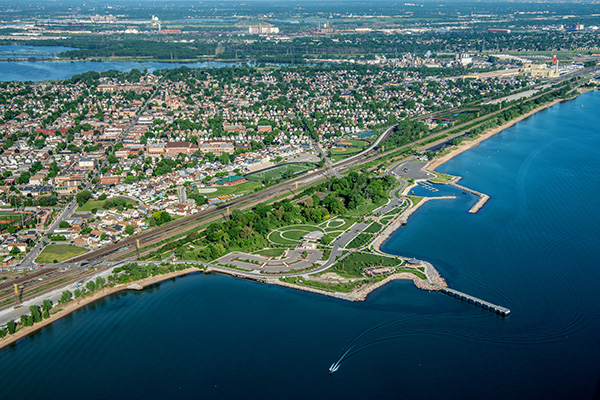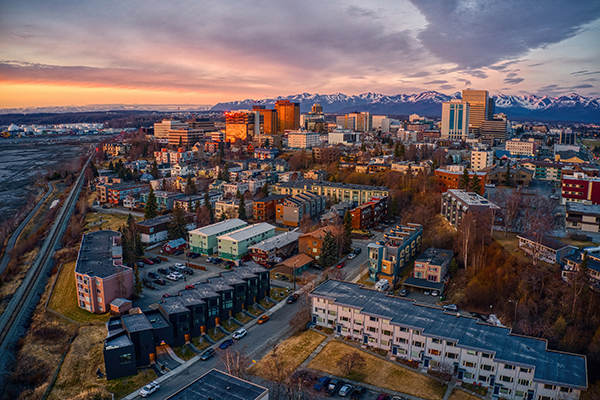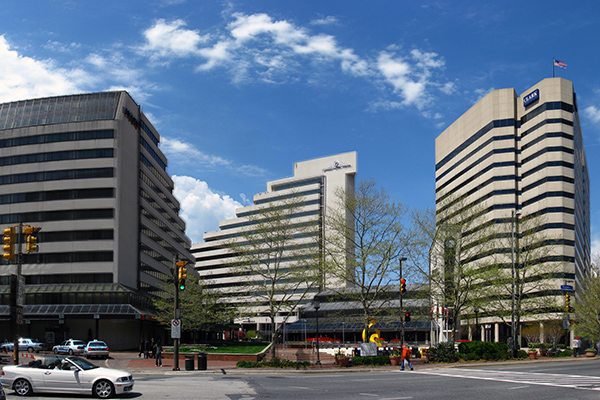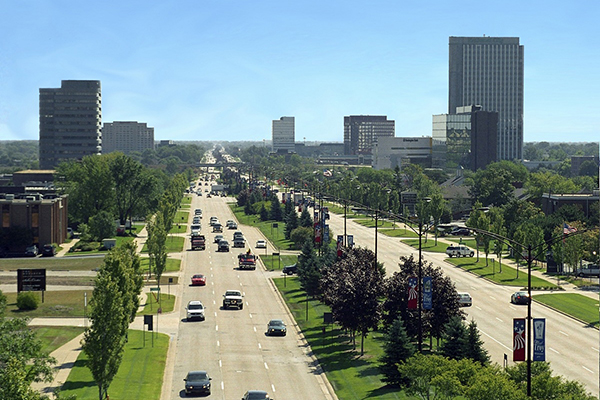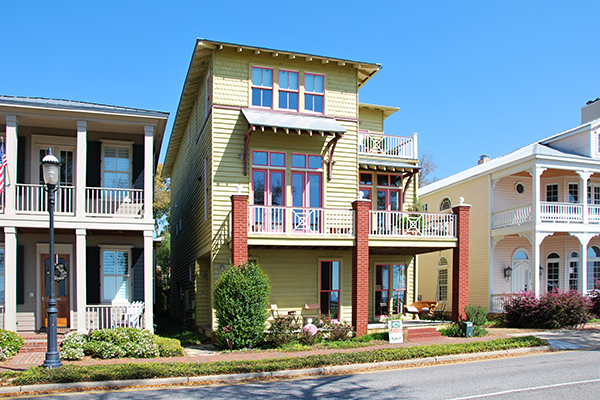Northwestern Indiana Regional Planning Commission – Economic Recovery and Resilience Plan
Challenge Northwest Indiana (comprised of Lake, Porter, and La Porte Counties) faces both old and new obstacles on its path to sustainable economic growth. Some, such as the decline of the steel industry, have been impacting the region for years. Others, like the region’s housing and workforce shortages, are nationwide […]
